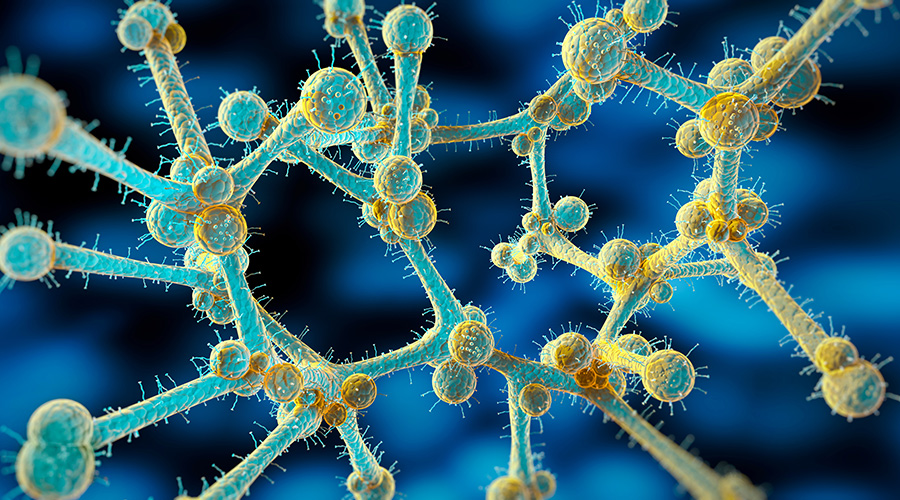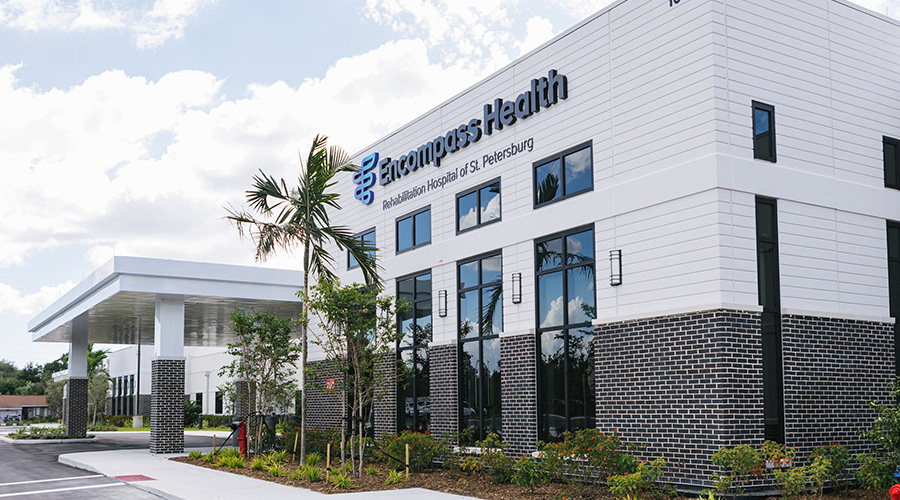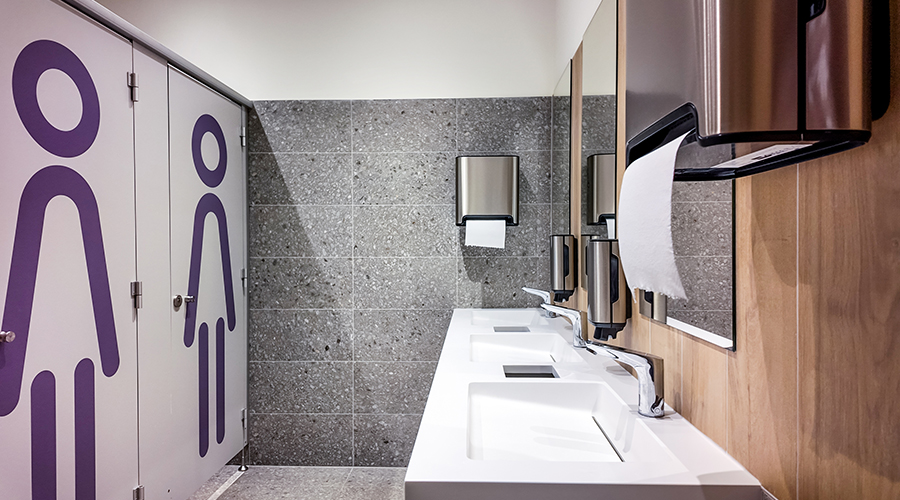Environmental Protection Agency discovered carbapenem-resistant enterobacteriaceae (CRE) in a Southern California treatment plant, suggesting that hospitals are releasing CRE into municipal sewers, according to an article on the Los Angeles Times website.
EPA scientists did not test treated wastewater flowing out of the plant to determine whether it still contained CRE, or carbapenem-resistant enterobacteriaceae. But a growing number of studies show sewage plants can't kill the superbugs.
Instead the facilities serve as "a luxury hotel" for drug-resistant bacteria, a place where they thrive and grow stronger, said Pedro Alvarez, a professor of environmental engineering at Rice University, one of the scientists studying the problem, the article said.
The fear is that healthy people otherwise not at risk from the bacteria — including swimmers at the beach — could be infected.

 A 'Superbug' Is on the Rise in Hospitals
A 'Superbug' Is on the Rise in Hospitals The Next Generation of Security Tech in Healthcare Facilities
The Next Generation of Security Tech in Healthcare Facilities Encompass Health Rehabilitation Hospital of St. Petersburg Opens
Encompass Health Rehabilitation Hospital of St. Petersburg Opens Why More Facilities are Adding Gender Neutral Restrooms
Why More Facilities are Adding Gender Neutral Restrooms Massachusetts Hospital Cyberattack Reflects Growing Vulnerability in Healthcare Systems
Massachusetts Hospital Cyberattack Reflects Growing Vulnerability in Healthcare Systems